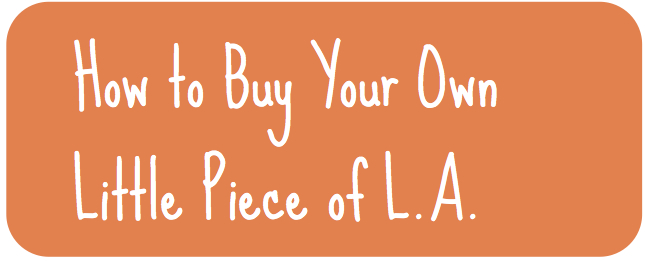When Paul Lacques and Victoria Jacobs bought their 1924 Highland Park bungalow, they never imagined the beauty that was waiting beneath the dull, gray stucco. In Restoring a 1924 Bungalow, Paul detailed his home’s amazing transformation over a year. In this second Q&A, Paul offers tips on how to remove your aging stucco and save thousands of dollars in the process. More after the jump!
– How did you know what was under the stucco?
The front gable had about 10 square feet of original “novelty” siding and in the back under a roof we could see some siding the stucco people couldn’t reach. But it was a gamble. We had no idea what condition the siding was in, but we lucked out and got to keep about 90% of it. The difference in weight and strength between the 1924 siding and its modern replacement is almost laughable. So I went to great lengths to repair the original wood.
– How many people do you recommend help out?
As many that have skills with their hands and willing to do what is quite difficult physical labor. We were a duo. My buddy Shawn was a godsend, he worked incredibly hard. We were swinging heavy hammers and yanking at stucco with crowbars from sunrise to sunset. You basically lay into the stucco with your whole body weight. At the end of a day you might have removed 30 to 50 square feet. We got faster and evolved a method as the weeks passed.
– How long did it take?
I’m guessing three weeks, maybe four. I would leave the demolition to work on other stuff, talk to contractors, etc.
– What tools and supplies did you use?
Always wear a mask. Whatever task you are doing, from demolition to painting. Work sites are a bit toxic. I lived in my mask. Get the heavy duty kind with replaceable
filters. Heavy duty work gloves. Your clothes are going to get trashed. Sturdy ladders. Heavy drop cloths to keep stucco dust from the surrounding soil/street. You want to shield your neighbors from the dust too.
Each stucco breaker needs:
- Two heavy duty hammers, one with a horizontal blade and one with a vertical blade, for making horizontal and vertical cuts in the stucco.
- A Wonderbar, which is a short crowbar. The stucco is layered over waterproof paper and chicken wire which is nailed into the siding. You pry the stucco chunks and chicken wire from the siding, send it crashing to the ground.
- Wire or tin snips for cutting the chicken wire–it’s a specific heavy duty kind
- Big wheelbarrows, big scooping shovels. You need to rent a dumpster, they’re available for $300, I think, which includes delivery and hauling away.
What happens after all the stucco has been removed?
Once the stucco is removed, you’re halfway home. The siding will inevitably have lengthwise cracks from the stucco removal. It takes several weeks to nail gun the loose siding back onto the studs, and fill cracks with WoodEpox.
You will have to replace some siding. Do not use pre-primed siding. It’s junk. Get unpainted siding (Davis Lumber in Pasadena carries all the old stuff, and it’s a fascinating place to hang out) and prime it yourself. Save as much of the old wood as you can, it’s way stronger than any new wood, as it was all old growth forest lumber.
Once the siding renovation was done, I removed all the old paint with a heat gun, sanded the entire house siding to bare wood before painting. I got kind of obsessive with it. You also have to drive a new nail with a hammer into each piece of siding at every stud. The nail gun nails won’t hold for the long run.
– How much did you save?
Stucco removal is almost all labor, that’s 95% of the cost. I recommend being there or having a boss that is super conscientious. It’s a fine line between efficient quick demolition and destroying the siding But it’s worth it. I saved countless thousands of dollars doing it myself. And it’s kind of fun if you convince yourself that this is your new temporary career. The house is super solid and looks like a new, old house.















